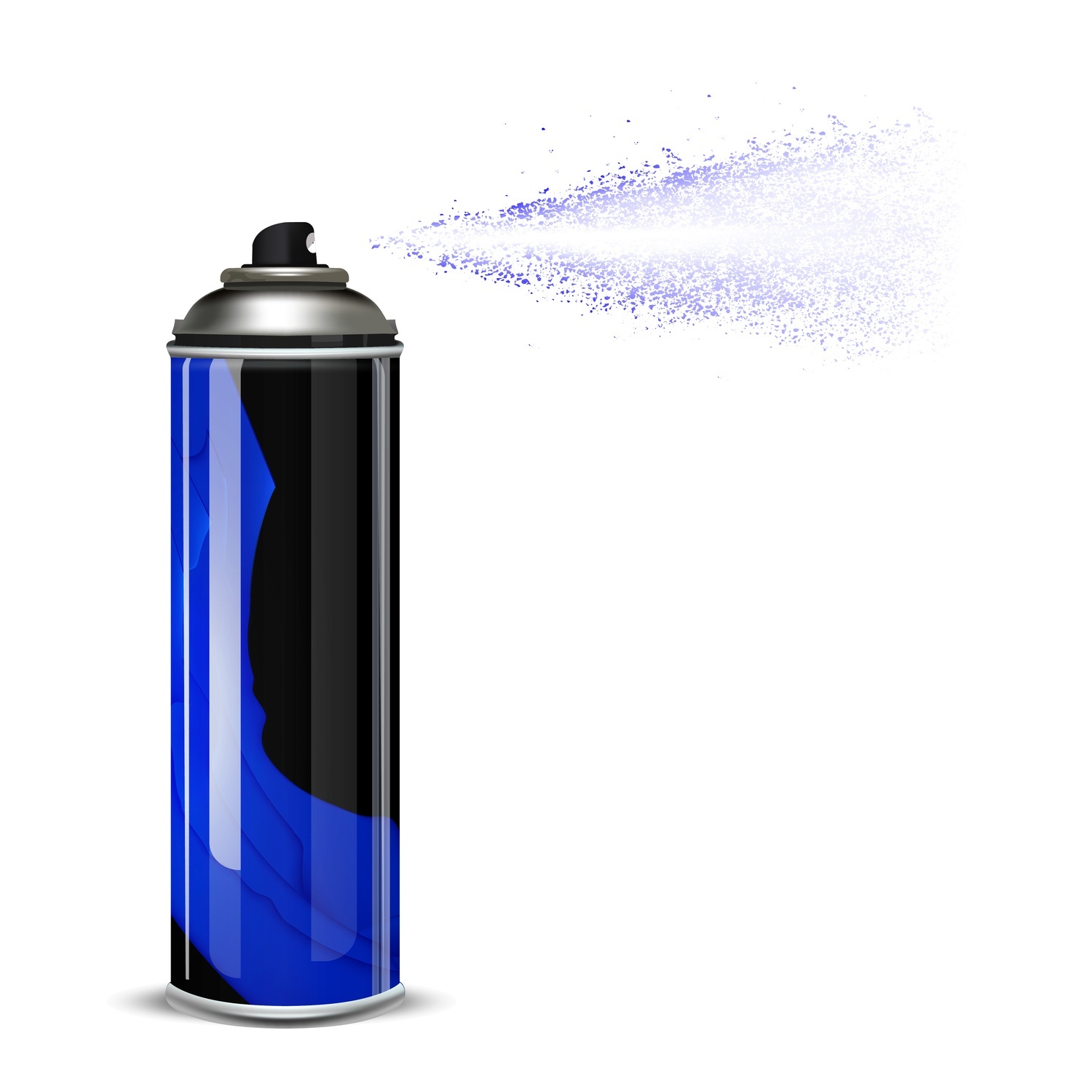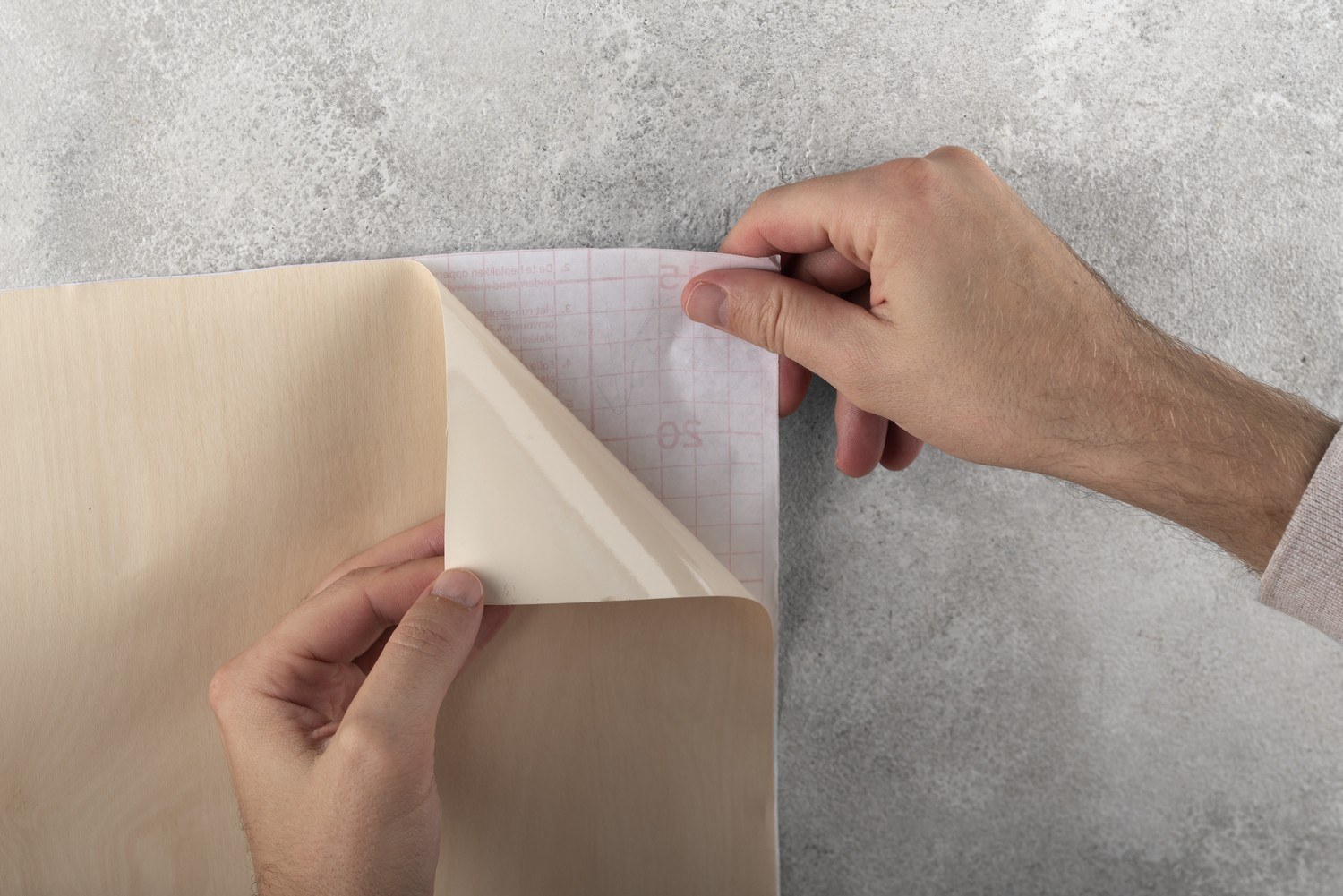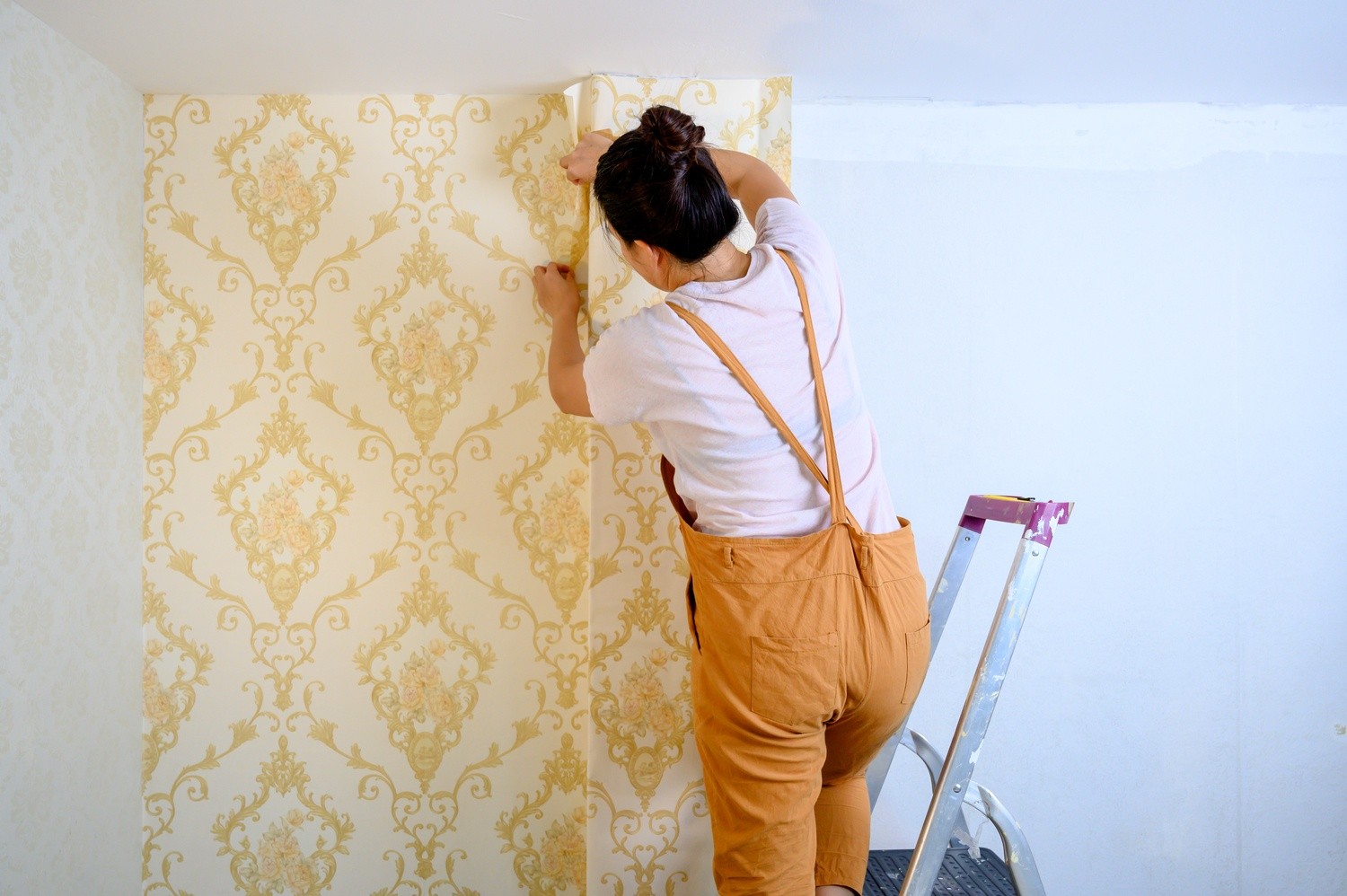Sound insulation and sound absorption – Practical tips for a better sound environment
The sound environment in both homes and workplaces is crucial to well-being, concentration, and productivity. By combining effective sound insulation and sound absorption, you can create a harmonious and balanced sound environment, whether in offices, homes, public spaces, or industrial environments.
In addition to basic acoustic solutions, there are many practical tips and methods that can make a big difference in reducing noise, improving acoustics, and optimizing the sound environment. Here we go through smart solutions and important insights to help you get the most out of your soundproofing and sound absorption measures.
Why are these tips important?
By understanding the basics of acoustics and combining practical solutions, you can create an optimal sound environment that improves comfort and functionality. Whether you are working with a home environment, workplace, or public space, the right sound measures make a big difference in both sound quality and well-being.
Benefits of following our tips
By applying the right methods and material choices, you can improve both the function and aesthetics of your sound environment.
Better sound insulation and sound absorption
More effective sound dampening and reduction of disturbing noise.
Aesthetic integration
Smart solutions for adapting acoustic materials to your interior design.
Practical solutions
Help with installation, maintenance, and adaptation of sound-absorbing materials.
Smart sound tips for better acoustics
Optimizing the sound environment requires a combination of the right knowledge, materials, and strategic solutions. Key insights include:
Understanding acoustic basics
Sound insulation, sound absorption, and sound measurement.
Customize sound solutions as needed
Different spaces require different approaches.
Combine function and aesthetics
Smart ways to integrate sound-absorbing materials into interior design.
Measure and evaluate the sound environment
Ensure that sound insulation works optimally.










